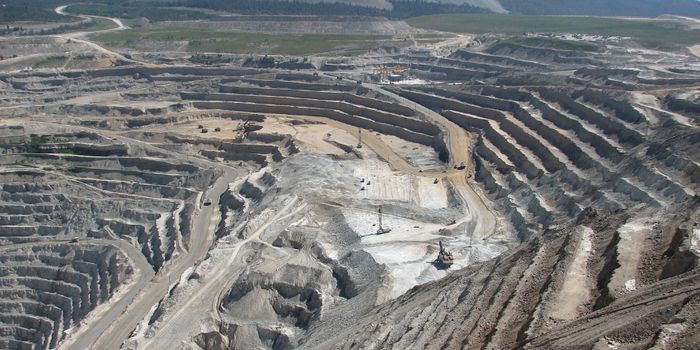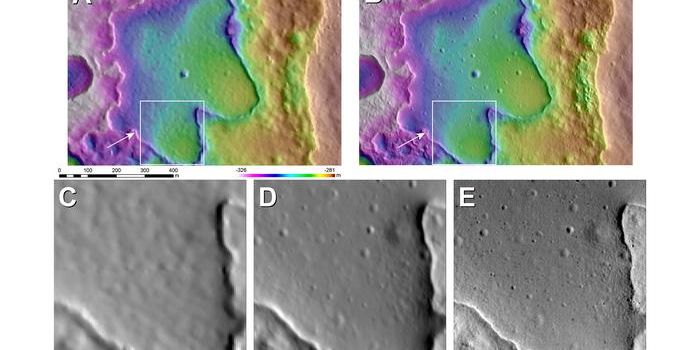Tree Rings Tell All: Summer of 2023 Was the Hottest in Millennia
The year 2023 has been labeled the “warmest year in the modern temperature record” with those records dating back to 1850. But how does the summer of 2023 match up with an even longer historical perspective? This is what a recent study published in Nature hopes to address as a team of international researchers used tree rings to investigate the historical precedence for the heat wave in 2023 in the Northern Hemisphere compared to as far back as almost 1,500 years ago. This study holds the potential to help researchers, conservationists, legislators, and the public better understand the implications of human-caused climate change across the planet and the steps that can be taken to mitigate them.
For the study, the researchers examined tree-ring data dating as far back as 536 Common Era (CE), revealing several colder periods on Earth, including the Little Antique Ice Age that occurred between the 6th and 7th centuries CE coinciding with large volcanic eruptions in 535/536 CE, 539/540 CE, and 547 CE; the Little Ice Age in the mid-19th century, also coinciding with large volcanic eruptions. Since data retrieved from tree rings revealed absolute dates, the researchers were able to determine that the summer of 2023 was the hottest summer within the last 2,000 years. The tree ring data also revealed that most of the warmer trends resulted from El Niño climate patterns, which have intensified over the last 60 years due to climate change.
Dr. Ulf Büntgen, who is a professor in the Department of Geography at the University of Cambridge and a co-author on the study, noted, “Many of the conversations we have around global warming are tied to a baseline temperature from the mid-19th century, but why is this the baseline? What is normal, in the context of a constantly changing climate, when we’ve only got 150 years of meteorological measurements? Only when we look at climate reconstructions can we better account for natural variability and put recent anthropogenic climate change into context.”
Study co-author, Dr. Ulf Büntgen from the University of Cambridge. (Credit: Ulf Büntgen)
While the data used for the study was instrumental in helping the researchers establish a historical precedence for warmer periods in the Northern Hemisphere over the last 2,000 years, they note the amount of available data for the Southern Hemisphere is scarce while also being much harder to determine since the Southern Hemisphere has varying levels of responses to climate change since there’s more water.
What new discoveries will researchers make about the history of climate change in the coming years and decades? Only time will tell, and this is why we science!
As always, keep doing science & keep looking up!
Sources: National Oceanic and Atmospheric Administration, Nature, Wikipedia, Wikipedia (1), EurekAlert!




















































